How Industrialized Construction Can Improve the Multifamily Market
Right now, the news is dominated by reports about the need for simple and affordable housing. In particular, the multi-family market continues to be the talk of the town. Try as it might, the construction industry is having a hard time building at a price point that makes sense for developers who want to meet the demand for equitable and accessible housing.
The Problem: How to build efficiently amid the antiquated construction industry. As shown by the graph below, the construction industry is the least efficient and productive of all the sectors around. Almost all its processes are repetitive, waste (and cost) heavy, and labor-intensive.
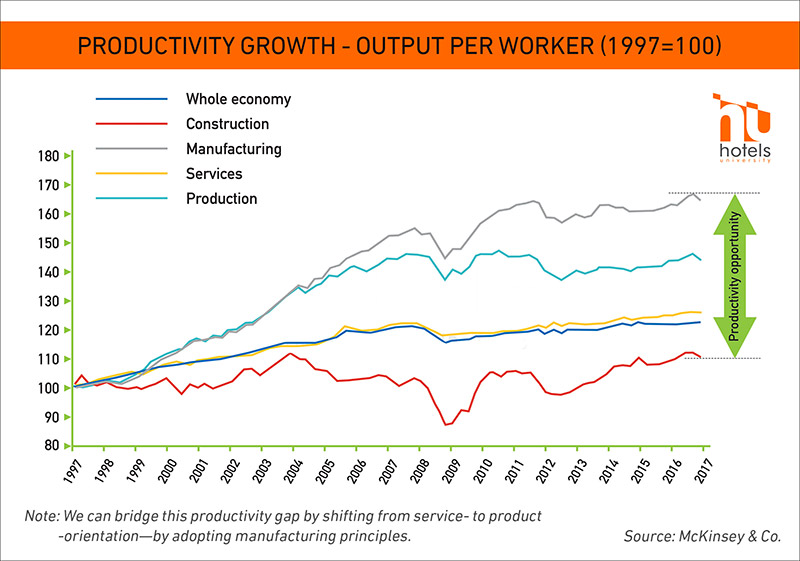
The Answer: Industrialized Construction. The goal of industrialized construction is to reinvent how we build–and shatter the stagnant processes of the antiquated construction industry. Let’s break it down!
What is Industrialized Construction (IC)?
Industrialized construction (IC) promotes the advancement of construction processes by employing mechanization and automation. The adoption of industrial, prefabricated, and manufacturing techniques is an emerging way to realize the efficiency gains so elusive in architecture, engineering, and construction while improving profitability, project quality, and even–skilled labor shortages.
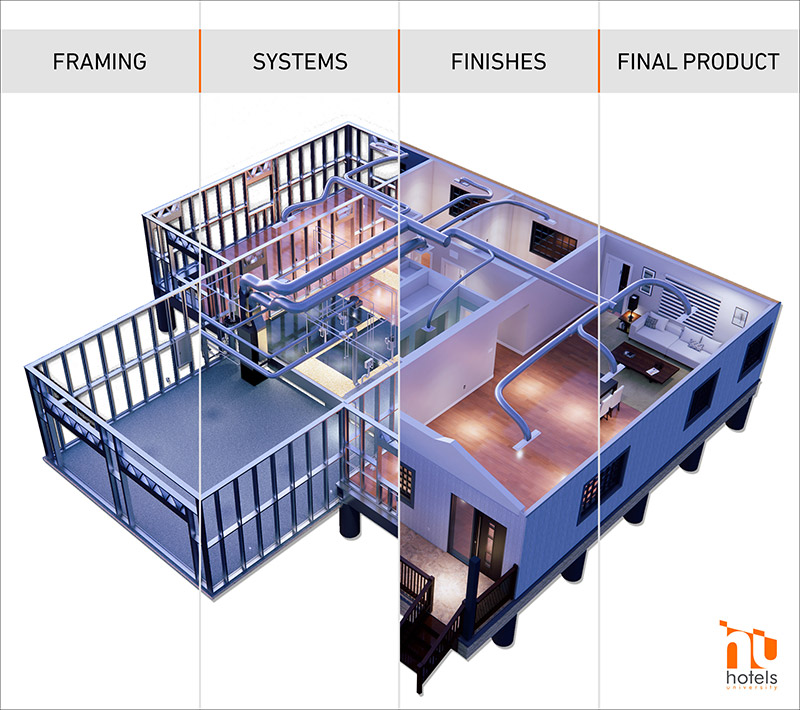
How IC Works
IC combines the best of prefabrication, automation, AI, factory robotics and DfMA. I will explain each of these in future newsletters, but for now, here is an overview of IC’s main methods and technologies.
Prefabrication
- Prefabrication is the offsite construction of building elements in factories. This can include volumetric pods, panelization, multi-trade racks and sub-assemblies.
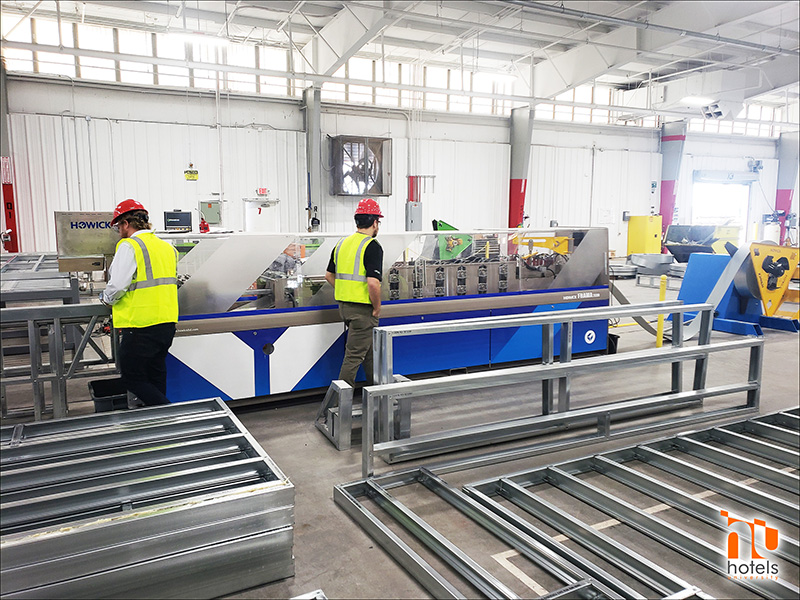
- Being offsite and factory-built means fewer delays and headaches due to the insufficient labor force, inclement weather, and hard-to-coordinate sub-contractors.
- This type of construction is becoming more common, improving in quality and helping to reduce labor costs.
DfMA (Design for Manufacture and Assembly)
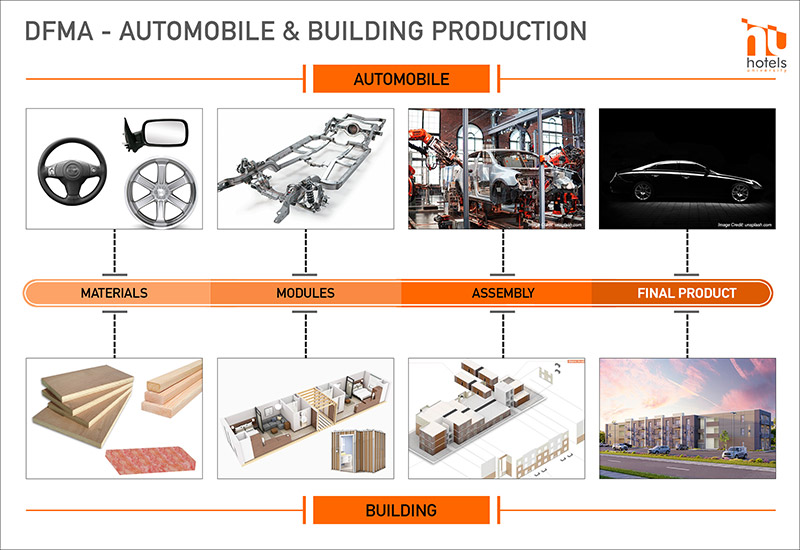
- DfMA is a design method that simplifies production and assembly of factory-manufactured goods.
- This methodology combines two concepts. Design for Manufacture (DFM) deals with choosing the most cost-effective materials and processes to simplify operations. Design for Assembly (DFA) is a product designing approach that ensures smooth and easy assembly of products—while reducing assembly costs and minimizing operations.
- Using DfMA, factory-built parts, pods, and units can be delivered to construction sites with higher quality, more predictable timeframes, and fewer laborers.
Benefits of IC
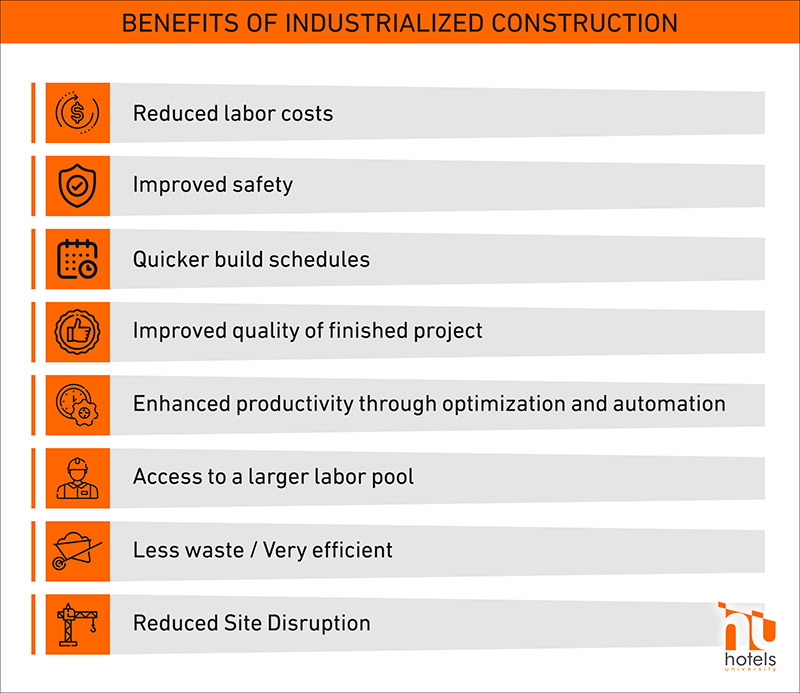
Multifamily Today
With clear advantages in reducing labor and waste while increasing quality, efficiency, and predictability, IC is a game-changer for the multi-family sector. With the need for housing becoming more and more urgent, now is the time to take the next step toward industrialization.
Next week, I will discuss specific steps you can start taking to implement IC in your next project. In the meantime, feel free to contact me if you have any questions.
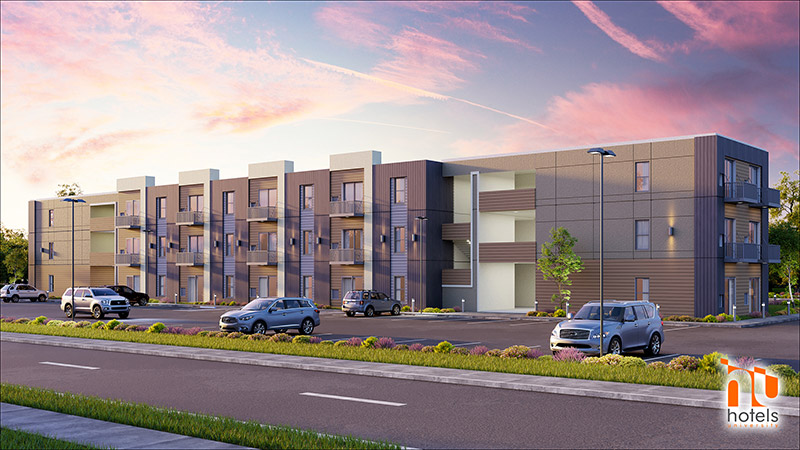
Thank you,
Blair Hildahl
Blair@hotelsuniversity.com
608.304.5228


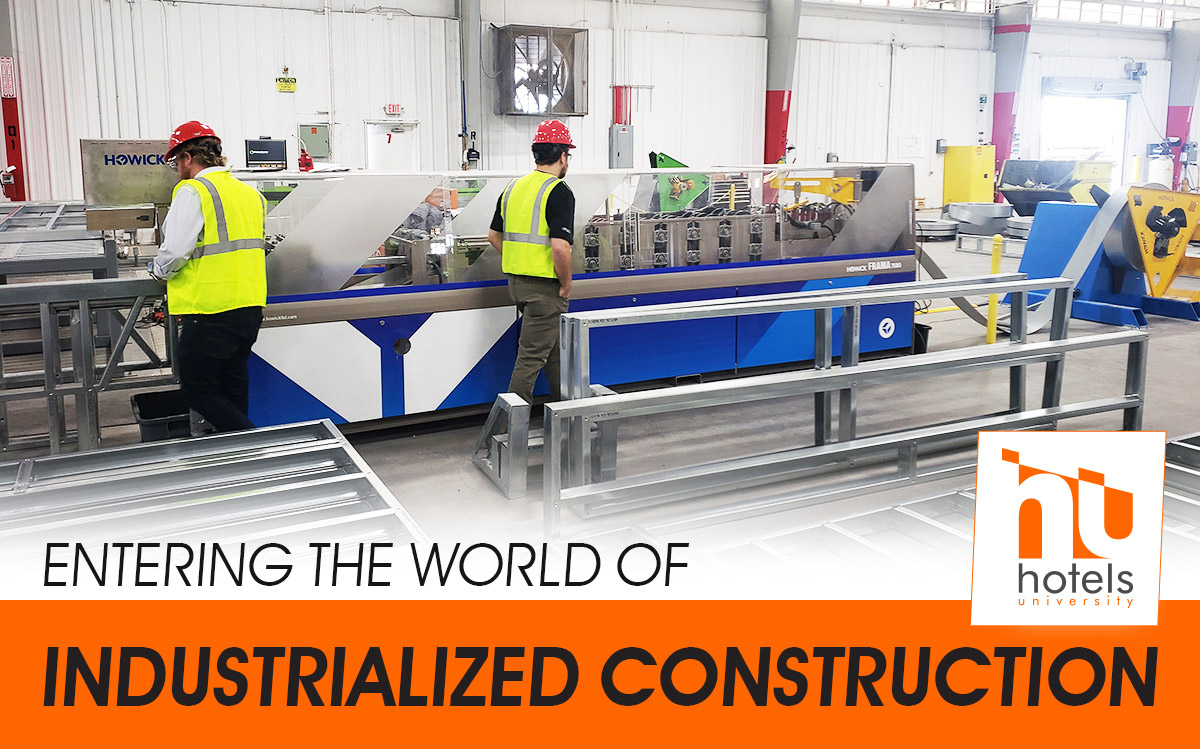
Leave A Comment